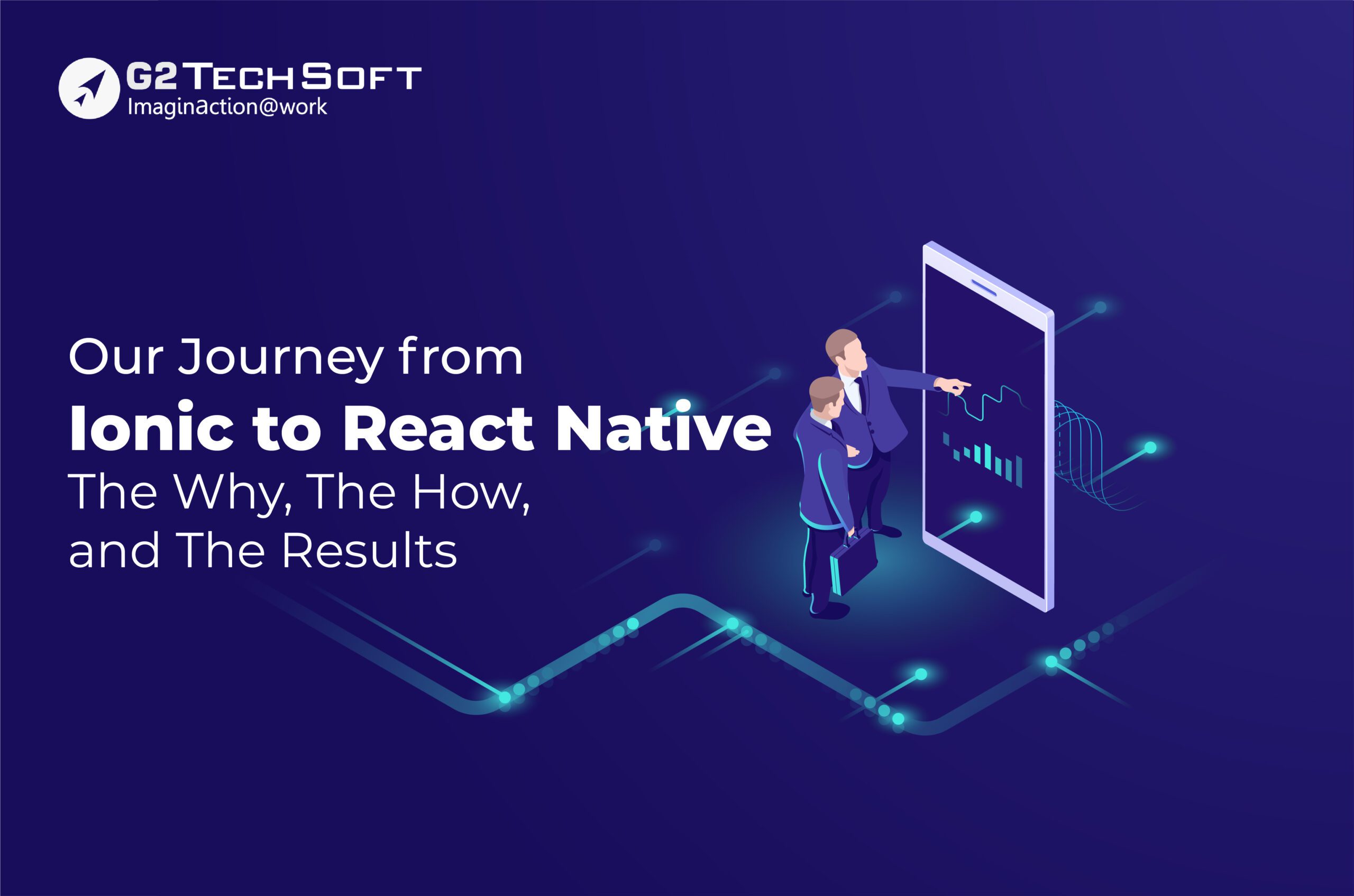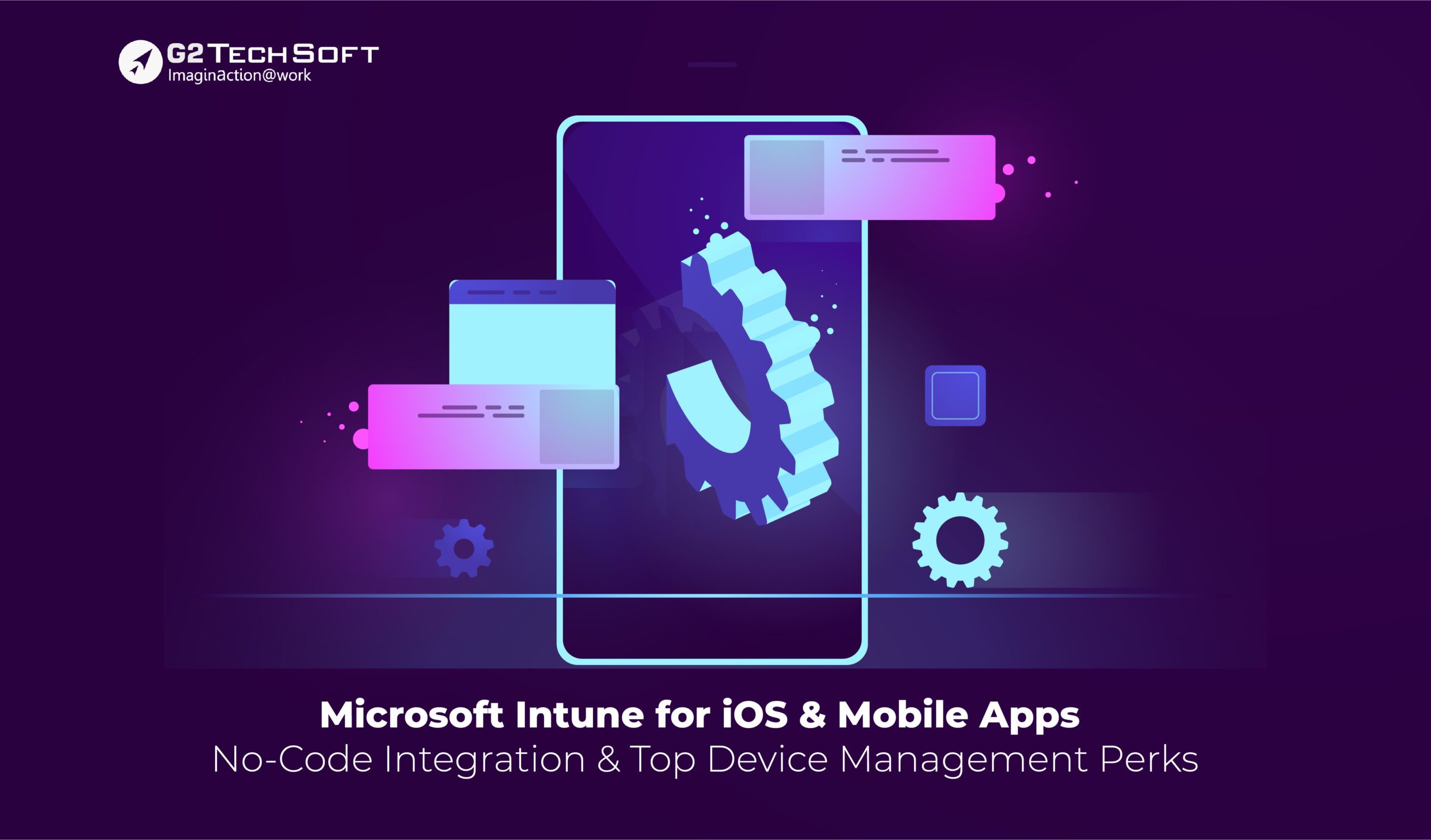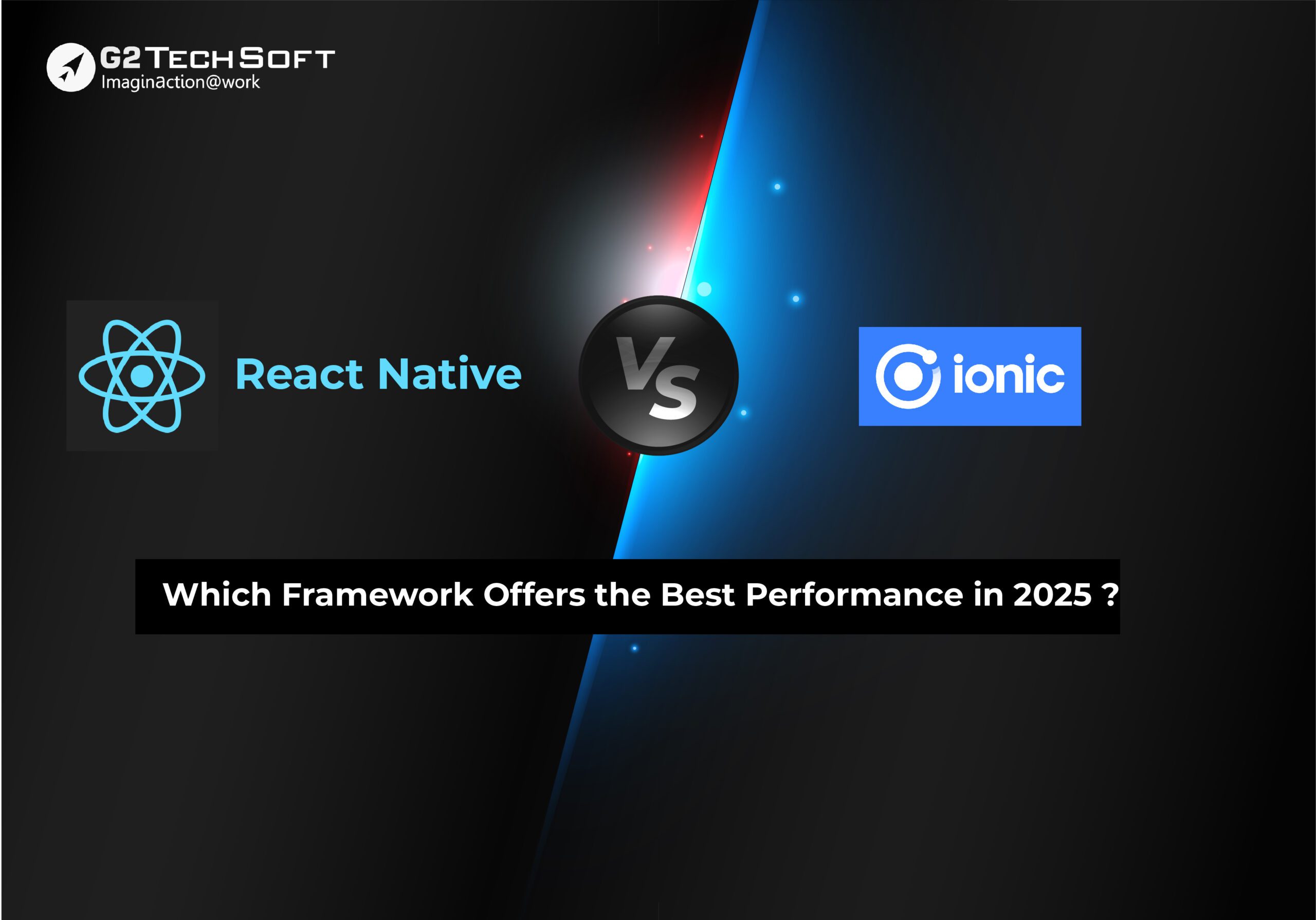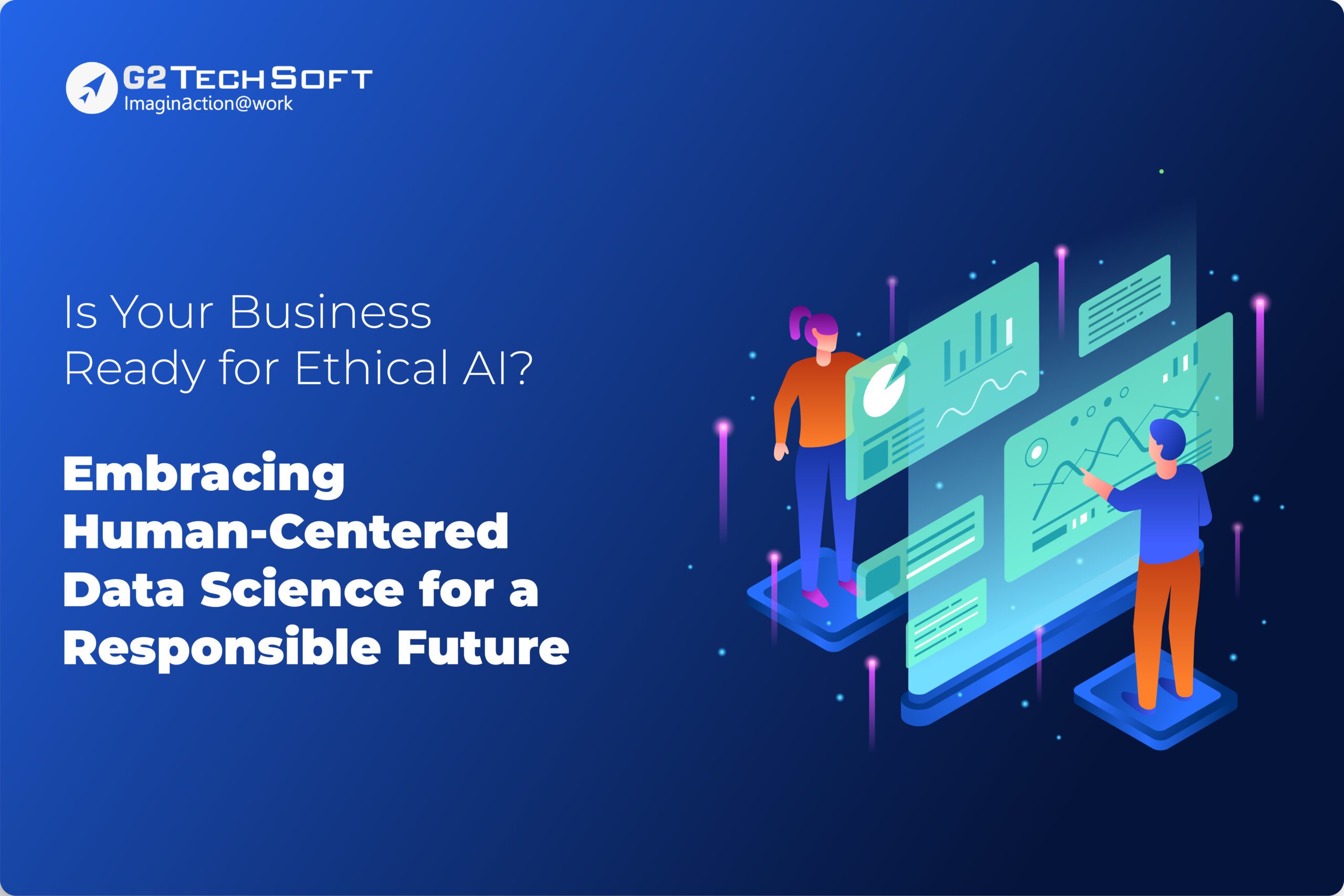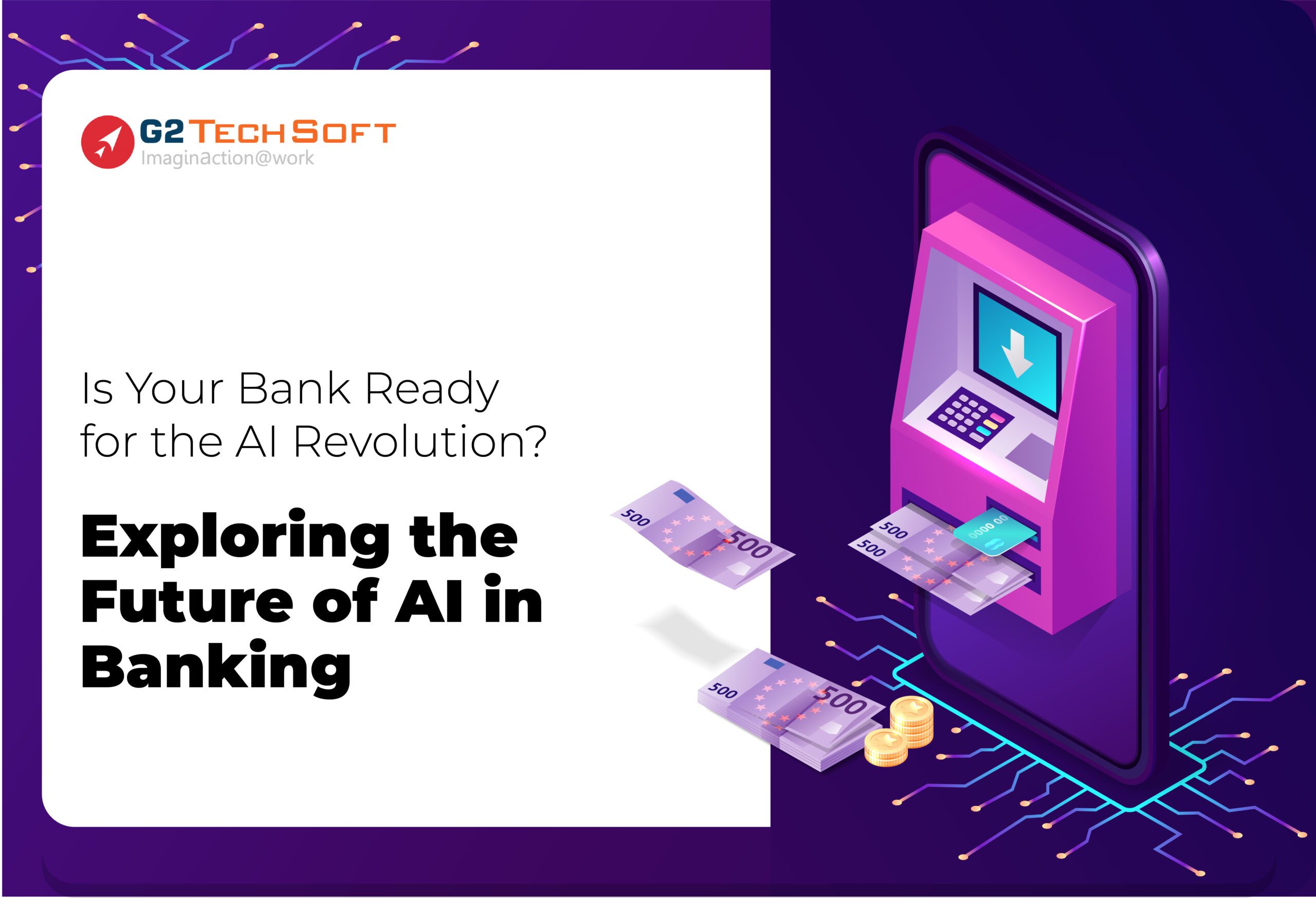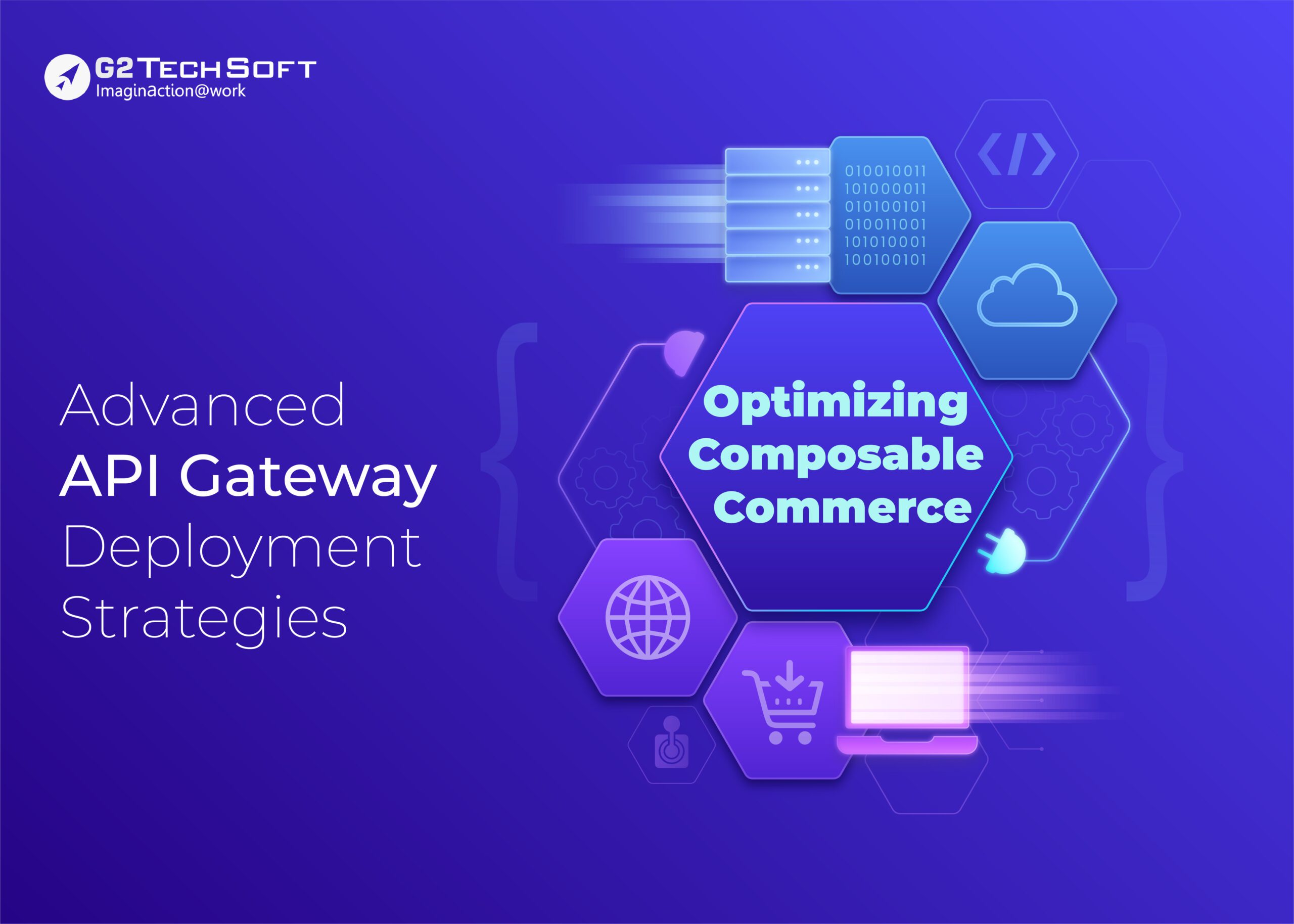
Optimizing Composable Commerce: Advanced API Gateway Deployment Strategies
Businesses are moving away from outdated, difficult-to-customize legacy systems and adopting composable architectures. This modern approach utilizes service-oriented architectures (SOA), API-first strategies, and headless technologies to create future-ready commerce solutions. Composable commerce is seen as the next generation of digital commerce.
Gartner’s report on composable commerce for the future of commerce applications predicts that businesses that adopt composable commerce will be 80% faster at implementing new features than their competitors.
For those who know about headless or composable commerce, it’s evident that APIs are essential for e-commerce platforms. APIs have become crucial in modern software development, allowing developers to build complex systems using smaller, independent components known as microservices.
The outcome is scalable and flexible systems that can easily adapt to changing business needs.
In this blog, let’s understand optimizing composable commerce and delve more into advanced gateway deployment strategies.
Composable Commerce – Understanding Hype And Its Benefits
E-commerce success hinges on meeting consumer expectations, preferences, and online behavior. A technology stack that quickly adapts to market changes is crucial for a company’s success.
Adopting a composable infrastructure can transform businesses aiming to be customer-centric. It allows brands to manage the entire customer journey and touchpoints while maintaining system integrity and performance.
Here are the ideal benefits of composable commerce for retail businesses:
1. Flexibility And Agility:
Cloud-native composable commerce offers speed, flexibility, and scalability. It allows you to tailor your system, add or remove functionalities as needed, and release new features up to eight times faster than traditional systems. This ensures your business stays agile and responsive to evolving customer needs.
2. Scalability:
In composable commerce, you can change a component without overhauling your entire approach. When something doesn’t work, you can easily replace or remove it. This flexible system lets you run multiple brands, enter new markets, and explore diverse channels without constraints. Autoscaling ensures your platform can handle sudden spikes in traffic and demand, making you ready for high-traffic events like Black Friday.
3. Speed To Market:
Utilize pre-built, well-tested components to quickly introduce new features and services, fostering faster innovation and keeping you ahead of competitors. Speed up your firm’s time to market and attain a competitive edge.
4. Reduced Costs:
Financial and technological flexibility leads to cost efficiency and the elimination of technical debt. A composable system optimizes your investment by allowing you to choose components and solutions that fit your needs. A versionless solution frees you from unnecessary upgrade expenses and maintenance fees.
5. High Performance & Increased Security:
Whether you’re a startup or managing a large technology ecosystem, CG-Vak’s Packaged Business Capabilities (PBCs) are designed to scale with your business. Powered by cloud-based software, PBCs offer built-in elasticity to handle changing business demands. A composable structure limits site response times compared to monolithic systems. By diversifying connection points to various providers, you achieve faster and more secure site operations.
The Impact Of Composable APIs And Microservices
A headless ecosystem is built using microservices—small, standalone applications that are developed and deployed independently. This setup allows for concurrent development since each microservice operates with low interdependence. Individual microservices can handle specific functionalities like shopping carts, payments, and search features. Their modular nature means each can be built and deployed separately, creating a flexible and efficient system when loosely coupled.
This microservices-based architecture reduces dependence on marketing and IT teams, as customized services enable faster daily operations compared to all-in-one monolithic systems. Additionally, it minimizes the risk of system-wide disruptions caused by minor updates, ensuring stability and continuity for the e-commerce team. However, microservices also bring challenges, such as increased complexity in managing and deploying numerous services and the risk of creating “distributed monoliths” if not designed properly.
Effective communication between these independent microservices is essential for seamless collaboration. Well-designed information exchange is crucial, and this is facilitated by APIs, which serve as the communication medium between the various components.
Composable architecture, emphasizing modular assembly of software components, addresses these challenges by enabling agile, flexible, and scalable systems. New microservices can be added or updated without affecting the entire application.
Overall, the adoption of composable APIs and microservices leads to more dynamic, robust, and user-centric software development, characterized by increased agility, scalability, and adaptability to evolving business needs.
The Critical Role Of Composable Commerce With API Gateways:
An API Gateway is crucial in a microservices-based composable commerce environment, performing several key functions:
- API Security: It ensures that only authenticated users can access backend APIs, protecting the enterprise’s operations.
- API Types: APIs are categorized into two types:
- External APIs: These permit developers to integrate their applications with third-party services, such as SaaS applications or public cloud services. They provide a secure and standardized interface for public access to data and application building.
- Internal APIs: These are employed within a firm’s cloud or internal network to access sensitive systems and data. They are specific and not intended for public use.
To handle these APIs effectively, it’s best practice to employ dedicated API gateways for every individual type. A dedicated API gateway for internal APIs offers countless perks:
- Network Access Control: Limits access to sensitive APIs not meant for public use.
- Traffic Segmentation: Separates internal traffic from partner and user applications, reducing the impact of internal API consumption.
- Legacy Support: Provides a gradual migration path for legacy APIs not currently protected by an API Gateway.
- API Monitoring And Logging: Keep track of response times, API requests, and SLAs, giving unified logging for all PBCs (Packaged Business Capabilities).
- Rate-Limiting: Sets limits on the number of API calls a client can make per second, effectively managing network traffic.
- API Scalability: Handles spikes and boosts in API traffic, adapting to shifting loads seamlessly.
- API Caching: Caches frequently request data to reduce the load on primary databases, improving performance.
- API Routing: Routes requests to the perfect backend services, sometimes blending results from multiple services.
- API Transformation: Converts response formats and requests, helping the transition from SOAP-based to REST-based APIs and boosting up deployment.
In a nutshell, an API Gateway enhances security, performance, scalability, and manageability in a composable commerce setup, ensuring a robust and efficient system.
Effective API Gateway Deployment Patterns For Composable Commerce Success:
Several deployment patterns can optimize service management in a Composable Commerce architecture through the use of multiple API gateways and optimized Packaged Business Capabilities (PBCs). Here are the pivotal patterns:
Centralized Edge Gateway:
In this design, all incoming requests pass through a single gateway located at the system’s edge. This gateway routes requests to the appropriate PBC, providing functions like request routing, load balancing, caching, and authentication. This pattern suits:
- Simple eCommerce architectures
- Startups or small-medium firms
- Limited and straightforward PBCs
- Minimal integrations and channels
- Uniform API configurations across PBCs
Two-Tier Gateway Design:
This design involves a client-facing gateway at the system’s edge that directs requests to a second gateway, which further routes them to the appropriate PBC or backend service. It enhances security and scalability by separating client-facing and backend gateways. This pattern is suitable for:
- Large firms or enterprises
- Complex eCommerce architectures
- Numerous and intricate PBCs
- Different gateway configurations based on PBC groups
- Separate implementations for various departments or business lines
Microgateway Pattern:
This pattern employs dedicated API gateways for internal communication between PBCs or microservices. Each PBC or microservice has its gateway with specific policies, security rules, monitoring, and metrics aggregation. It is ideal when:
- There are complex integrations between PBCs
- Each PBC requires distinct gateway configurations
- Numerous and complicated PBCs are involved
- Aggregating monitoring and metrics from various microservices are mandatory
Sidecar Pattern:
In this pattern, an API gateway is attached as a container to each microservice, typically within a Kubernetes environment. This configuration allows each service to configure its gateway according to its specific requirements. It is suitable when:
- Integrations between PBCs are highly complex
- PBCs consist of large and intricate microservices
- Microservices have multiple and complex integrations with other systems
- Each microservice needs individual monitoring, logging, configuration, and networking services
These deployment patterns provide tailored solutions to manage services effectively in a Composable Commerce environment, ensuring scalability, security, and flexibility according to varying business needs and complexities.
Key Takeaways:
In the dynamic realm of Composable Commerce, grasping API Gateway Deployment Patterns is pivotal. API Gateways play a vital role in boosting security, facilitating dedicated monitoring of API usage, and enforcing effective governance in your digital commerce strategies. By adopting these patterns and leveraging the capabilities of API gateways, you can position your business for success in the constantly evolving digital marketplace.
